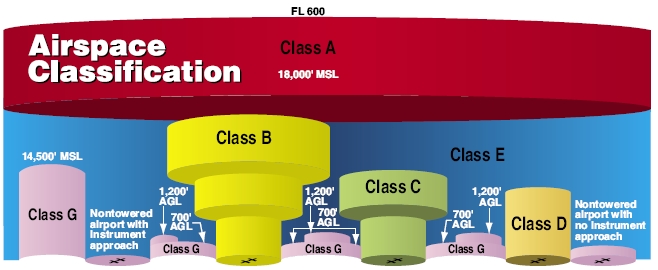Ravioli
Ejection Handle Pulled
- Joined
- Dec 1, 2014
- Messages
- 8,022
- Location
- Somewhere else
- Display Name
Display name:
Unwanted Guest - Perma-ban Pending
I guess I've just been lulled into believing that current charts, AF/D, FAR, & AIM were required. Seems I can leave them with my logbook.




